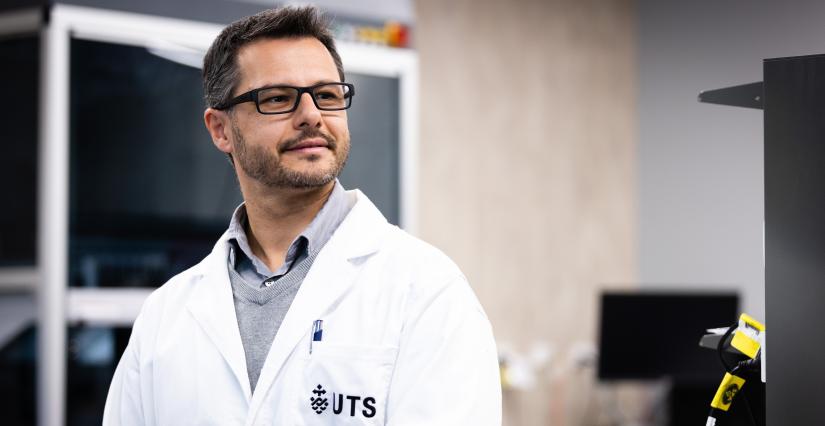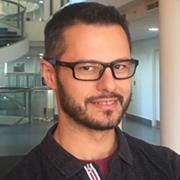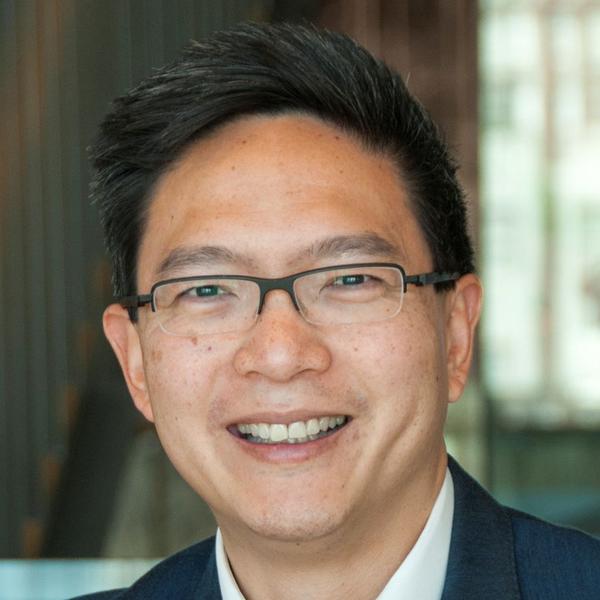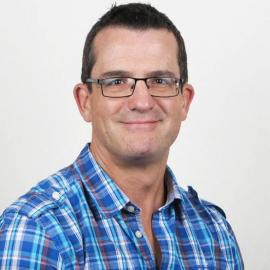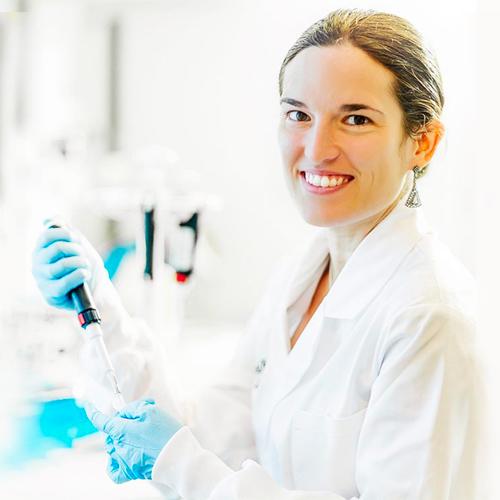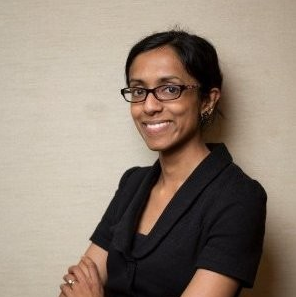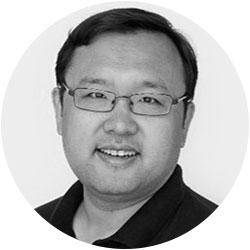The future of personalised medicine is here. One-size-fits-all treatments for cancer are rapidly becoming a distant memory; for patients with breast and colorectal cancer, a novel cancer treatment system is changing the game.
ALTEN is a 3D tissue preservation system that keeps tumour samples alive in the lab. Developed by a joint research team at the UTS School of Biomedical Engineering and the Garvan Institute, the system enables rapid testing of different therapeutics to determine the most effective treatment for individual patients.
“What we do is we basically take a biopsy from a tumour resection and then we put it in a preserved environment to keep all the cells interacting with each other just as they would in the patient,” says Associate Professor David Gallego Ortega, a single-cell genomics expert and the Director of the UTS Single-Cell Technology Facility.
Unlike traditional drug testing approaches, which often focus solely on tumour cells, ALTEN maintains both the tumour and its surrounding environment. This tumour environment is packed full of cells, like T-cells, myeloid cells, fibroblasts and endothelial cells, as well as non-cellular components, all of which hold important information about cancer growth and spread.
“When we test the drugs, we can identify the cancer cells that are more aggressive, those that perhaps display mechanisms of resistance to the drug, and those that are responding well and are dying,” Associate Professor Gallego Ortega says.
“From there, we can select the best drug for each patient.”
Buying time for patients with cancer
The process is surprisingly fast – once the tumour tissue has been exposed to a drug, the researchers can have results in hand in as little as 2–3 weeks. That information can then be passed to a patient’s clinician, who can start to deliver the recommended treatment immediately.
In a field of medicine where countless people die due to the long gap between lab-based research and its clinical translation, ALTEN offers real potential to connect cancer patients to evidence-based treatment options before their disease progresses.
“This is something that, from the clinical point of view, is actionable,” Associate Professor Gallego Ortega says.
“You don’t want to get results next year, because by then the patient has already gone through an evolution of the disease or you‘re working with a snapshot of their condition that might not be relevant anymore.”
We can identify the cancer cells that are more aggressive, those that perhaps display mechanisms of resistance to the drug, and those that are responding well and are dying.
ALTEN is currently the focus of two research projects: one in breast cancer, which is funded by the National Breast Cancer Foundation, and a second in colorectal cancer, which is funded by the NHMRC.
These projects aim to validate ALTEN’s predictive capacity. In collaboration with clinicians at St Vincent’s and St George hospitals, Associate Professor Gallego Ortega and his team are using tumour samples to identify the most effective treatment options for patients with one of these two cancer types. Patients will be followed up post-treatment to measure the accuracy of ALTEN’s predictions.
“We seek to correlate the ALTEN system with in vivo treatment responses in this project,” says Professor Elgene Lim, Laboratory Head & Senior Medical Oncologist at the Garvan Institute of Medical Research and a partner on the breast cancer project.
“If successful, it provides us [with] a tool to functionally assess the tumour response to a suite of therapies and their combinations in scale and in a timely manner to make treatment choices in real time.”
At the forefront of single cell genomics
The work calls on Associate Professor Gallego Ortega’s extensive expertise in the field of single cell genomics, in which researchers examine the genetic information of a single cell at a time. As our capacity to sequence the human genome has become increasingly sophisticated, the amount of information that scientists can extract from our cells has become ever-more detailed.
In a cancer context, looking at a tumour as a single entity is the equivalent to taking a bunch of different fruit and blending them into a smoothie, Associate Professor Gallego Ortega says – the contribution of each individual cell gets lost in the mix.
“But if you get the information from each of those components and separate them, then you can figure out the whole picture of how that ecosystem is working,” he says.
“That basically means that we can find better, more accurate targets for future cancer treatment.”
Research team
-
Director, Single Cell Genomics Facility
-
-
-
-
-
